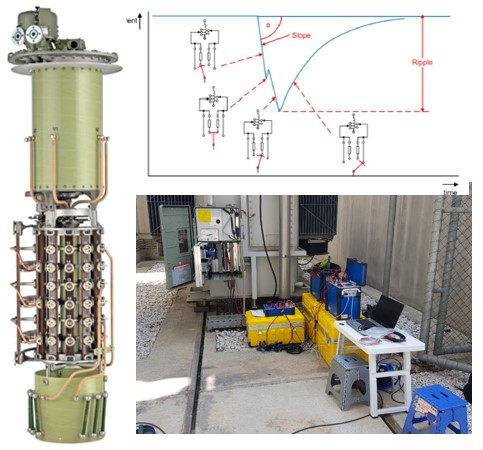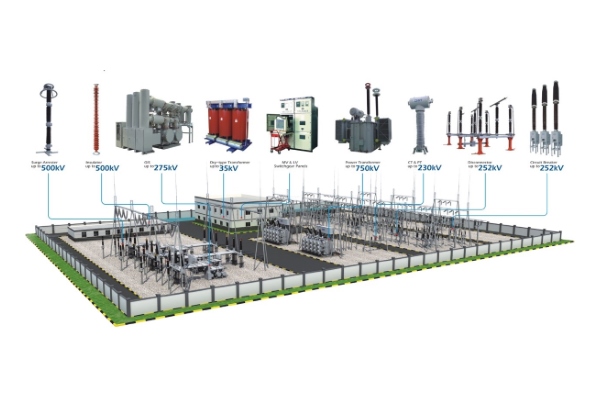

The reliability of the electrical power system depends on the performance and availability of its components such as power transformers. Due to the increasing age of the transformer population condition assessment and thus onsite diagnostics are important issues to secure a reliable operation of the electrical power system. Transformer diagnostics is an integral element of preventive maintenance, whose purpose is to determine the condition of main transformer parts: the windings, core, bushings and insulation system.
The condition of the insulation is essential for secure and reliable operation of the transformer. Measuring capacitance and dissipation/power factor helps you to determine insulation condition of insulation system in transformer and bushings.
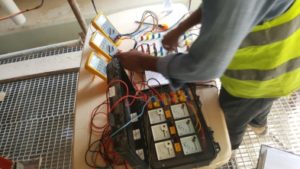
Excitation current tests are used to detect: Shorted turn-to-turn insulation in windings, Short circuited core laminations, Loosening of the core clamping and Improper winding connections.
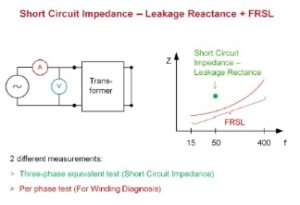
Short-circuit impedance variation is necessary for verifying the observance of the technical conditions (including the design conditions), certain nonconformities in the winding execution, checking the winding behavior in operation, verifying the system and short-circuit calculation (including the correct protection setup), the loading of the same type units, or more importantly, of the different type ones.
Winding resistances are tested in the field to check for loose connections, broken strands and high contact resistance in tap changers. Additionally, the dynamic resistance measurement enables an analysis of the transient switching operation of the diverter switch.
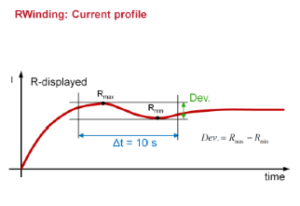
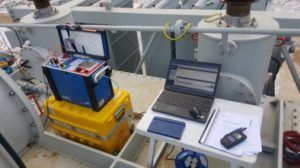
Power transformers are essential components of any power transmission and distribution system. The strong electrodynamic forces resulting from short-circuit faults in the power system and the high acceleration potentially emerging during transportation can give rise to severe deformations of the transformer windings and mechanical construction. Transformers can also be exposed to stress during installation and due to inrush current or seismic occurrences. Consequently, the mechanical construction and the windings of power transformers are subject to high mechanical stress. Depending on the grade of the overstressing, this may cause mechanical deformation or defects of the transformer windings and magnetic core.
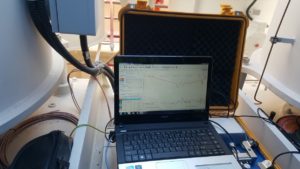
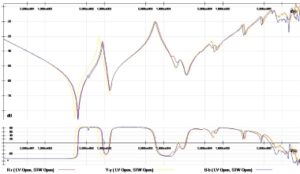
With advancing age, transformers require regular checks. Hence it becomes important to perform meaningful maintenance to avoid sudden and/or total failure. The state and health of on-load tap changers can successfully be assessed by performing static and dynamic winding resistance tests for each tap. Comparing the static winding resistance for each tap against the values measured at commissioning, the state of the selector as well as diverter contacts can be analyzed. The dynamic winding resistance test from one tap to the next yields a ripple and slope measurement, which will highlight any unwanted interruptions in the switching process of one tap to the next.
This test is normally only performed if a problem is suspected from the DGA, dissipation factor test or relay operation. The turns-ratio test detects shorted turns, which indicate insulation failure. Shorted turns may result from short circuits with high currents or insulation failures. The voltage ratio obtained by the test is compared to the boilerplate voltage ratio.
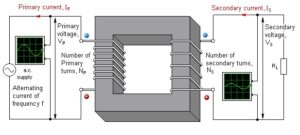
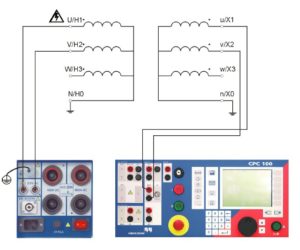
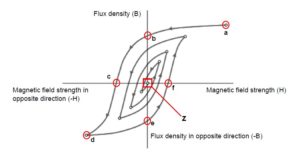 Many diagnostic measurements can be affected by residual magnetism, making a reliable assessment very difficult. Residual magnetism remains after a DC voltage has been applied to the transformer core, for example during routine winding resistance or insulation resistance tests. Due to residual magnetism in the core, high inrush currents, up to the maximum short-circuit current, can occur. This puts undesired stress on the transformer when it is switched back into service.
Many diagnostic measurements can be affected by residual magnetism, making a reliable assessment very difficult. Residual magnetism remains after a DC voltage has been applied to the transformer core, for example during routine winding resistance or insulation resistance tests. Due to residual magnetism in the core, high inrush currents, up to the maximum short-circuit current, can occur. This puts undesired stress on the transformer when it is switched back into service.
Therefore, it is recommended to demagnetize the core both before starting with diagnostic testing and before switching the transformer back into service.
Healthiness of Mechanical Protection & Other Devices
Insulation Resistance Measurement
Vector Group Checking
Magnetic Balance Test
Checking of Cooling Fans
- Insulation & Winding Resistance Measurement of Fan Motors
- Current Measurement of Fan Motors
Check of Cooling Oil Pumps
- Insulation & Winding Resistance Measurement of Fan Motors
- Current Measurement of Fan Motors
Auto & Manual Mode Operational Checks on TCC
Calibration of Winding & Oil Temperature Device
Hotspot Gradient by Secondary Injection
Insulation Resistance Value Measurement Test on Control & Signal Circuit
Transformer Mechanical Protection Alarm & Trip Signal Checks at TCC
- Insulation & Winding Resistance Measurement of OLTC Motors
- OLTC Motor Voltage & Current Measurement
- OLTC Functional Test
- Remote Tap Position Indication mA & Tap Changing Time Measurements
Transformer Zero Sequence Impedance Measurement
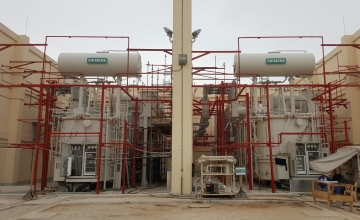
Electrical diagnosis on new transformers
Diagnostic measurements on new transformers are used to hold important baseline data for future reference and comparison and evaluation of transformers before the expiry of warranty period.
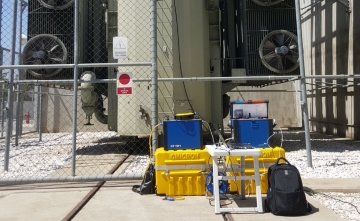
Diagnostic measurements of older transformers in use
We evaluate transformers in full operation, verify operational reliability and give information according to the remaining life span of the transformers
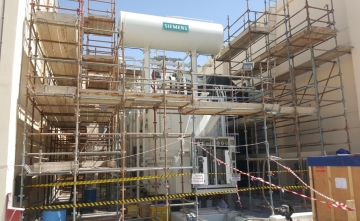
Diagnostic measurement in case of failures
Diagnostic measurements give information on the cause of the transformer problems after protective tripping, high short - circuit currents and remarkable results of the oil analysis. This can serve as a basis for decision-making.

